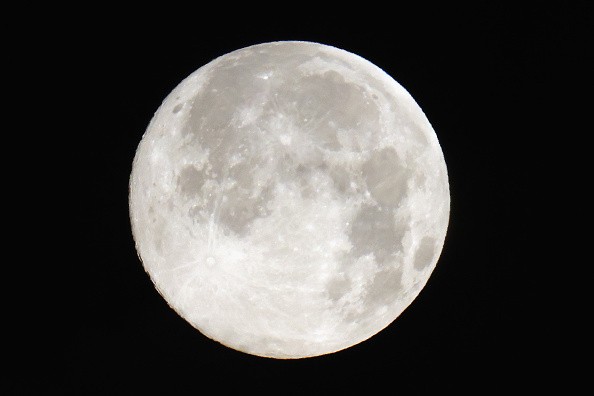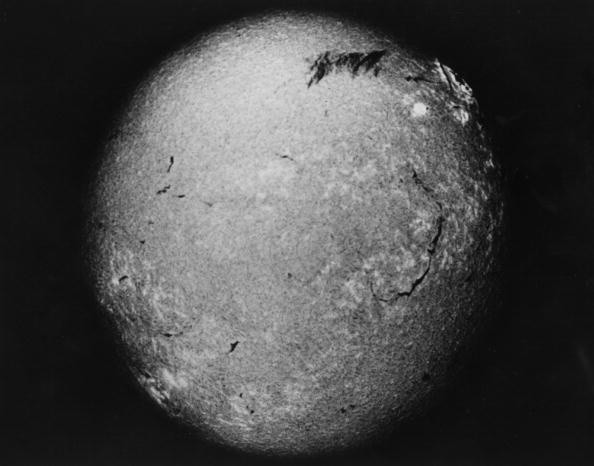Solar storms that can harm or kill astronauts can possibly occur at certain times of the solar cycle, a fact that should be put into consideration during ongoing planning for humans to go back to the moon, say researchers.

The Largest Solar Storms
The sun goes through a cycle that lasts for about 11 years , during this period there is a spike followed by a lull in solar activity. It was previously thought that the largest solar storms take place unplanned and were unconnected to this cycle, Matthew Owens said at the University of Reading, UK. This is largely due to a lack of data.
We have 150 years of day-to-day geomagnetic readings, which gives a measurement of how much the magnetic field of the Earth is disturbed by solar storms, and just six major solar storms have taken place in that time. But statistical analysis techniques referred to as the Monte Carlo method have now given an explanation on the matter.
Owens and his team produced one simulation of the sun where extreme weather takes place unplanned and another where it is has more possibility of occurring at the peak of the solar cycle.
Solar Cycle
They made a sample of data from each model hundred of thousands of times and observed to see how frequently the outcomes correspond with the small amount of data that was available. The team had the ability to work out with 99 per cent belief that these solar storms had more possibility of occurring at the peak of the solar cycle.
Additionally, the analysis proposes that extreme space weather events have more possibility of occurring late in odd-numbered solar cycles and early in even-numbered solar cycles, like cycle 25 which started in December 2019.
Having all this in mind, Owens discloses that the space weather conditions has the possibility of being better in the first half of this decade than the second half for anyone preparing for a crewed mission to the moon.

Effects of Solar Storms
He says these big events can often amaze us, they're infrequent occurrences that can happen whenever, but they have the possibility of occurring at some times than others. If you want to safeguard the health of your astronauts, there are certainly good times to go and bad times to go, he added. There are seasons that are stormy and seasons that are quiet, but you don't know on a specific day whether you're going to get a storm or not.
In the past astronauts have escaped narrowly from this problem. Between the Apollo 16 and 17 crewed misson to the moon in 1972, there was a great solar storm. It had the ability to kill any astronaut completing a spacewalk at the time, and also to boost the risk of cancer for any space traveler even inside a craft.
Related Article : Everything You Need to Know About Solar Storms: Dangers Explained
For more news, updates about solar storms and similar topics don't forget to follow Nature World News!
© 2025 NatureWorldNews.com All rights reserved. Do not reproduce without permission.





